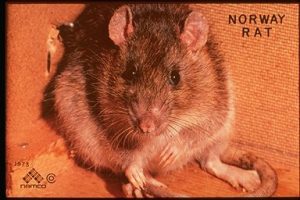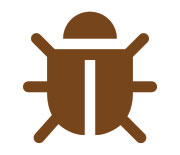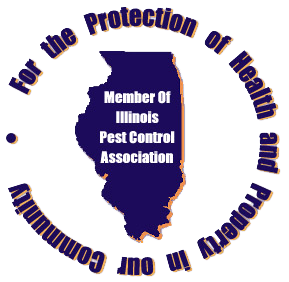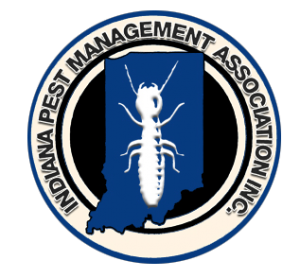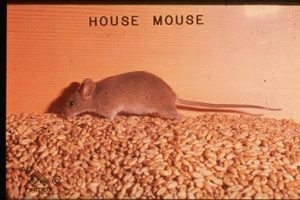
The house mouse is one of the most common and troublesome pests in the U.S. They thrive in any type of environment and are found in cities, suburbs, and urban areas. Not only do they consume and contaminate food and grains but can also transmit diseases such as Salmonella and Hantavirus.
The house mouse is one of the most common and troublesome pests in the U.S. They thrive in any type of environment and are found in cities, suburbs, and urban areas. Not only do they consume and contaminate food and grains but can also transmit diseases such as Salmonellas and Hantavirus.
Mouse Facts and Habits
House mice are small brownish to light gray rodents with relatively large ears and small eyes. Adults typically weigh 1/2 an ounce or less and range from 5 to 7 inches including their 3 to 4 inch tail.
They feed predominantly on cereal grains but will eat many types of foods. Mice are nibblers, taking small bites here and there from different food sources throughout their foraging efforts. They are "edge creatures", preferring to keep their body next to a wall instead of running across large, open areas, and are excellent climbers and jumpers. Mice have a keen sense of smell, hearing, touch, and taste, and are very curious creatures (making them easily trapped, unlike rats). Their life span is 9 to 12 months. A female can produce as many as ten litters per year, with 5 to 6 young per litter. A mouse is limited only by the size of its skull with relation to the size hole needed to gain entry to a room or building (usually anything larger than 1/4 inch in diameter). Normally the first signs of a mouse infestation are their tiny black droppings along walls, inside cabinets or pantries.
Control
- Baiting and Trapping: Mice are very curious creatures, and can be easily controlled using snap traps, glue traps, baits, poisons, or a combination of these methods. Normally an interior baiting/trapping program is adequate for control and maintenance of populations, especially when good sanitation and exclusion techniques have been implemented.
- Sanitation: One of the key elements to mouse control is proper sanitation. Good sanitation practices with regards to garbage, proper storage of bird seed and other grains, along with the elimination of harborage areas will effectively limit the number of mice that can survive in and around the home, farm, or business.
- Exclusion: Another way to supplement baits and trapping is by excluding the mice. Exclusion means inspecting the exterior of a building or home and sealing any openings larger than 1/8 inch. Special attention should be paid to doors, windows, screens, where utilities such as water or electric lines enter, and installing tight-fitting grates over floor drains and sewer pipes.



